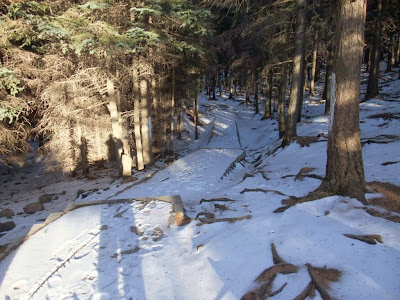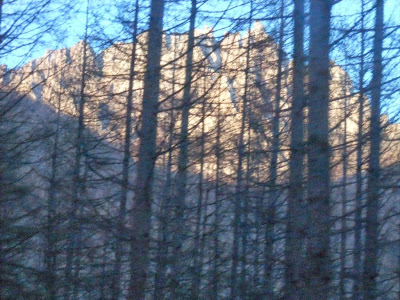
Mountain Luya-shan with a height of 2736 meter above sea level, is the main peak of Guancen Mountain Ranges in Ningwu County. It is a national nature reserved park in China. The 320 thousand acres of land produces nearly thousand types of trees and plants, breeds 336 species of animals, sprouting 67 kinds of mushroom and fungus, and nourishing hundred kinds of valuable Chinese medicinal herbs.


Since the past, Luya-shan has been notable for its magnificent ranges, sheer precipices, unique canyon and falls, rich resources of floral and fauna, the scenic view of sunrise with halo, beautiful scene of stratus clouds and its falls foliage in Autumn. Today, it still remains as an interesting attraction and visit destination to many travelers and tourists.


During Tang Dynasty (618-907), it had been a scenic attraction as well as a summer resort for many Emperors. It was said that in West-Jin period (西晋), Liu-Chong (刘聪), Liu-Yan (刘渊) and Liu-Yao (刘曜) before throned as Emperors for Late Han and prior Zhao dynasty had once came here for relaxation and rear sheep for fun.


The mountain was named Luya which means the young shoot of an asparagus as it looks like one of them. But some locals figured out that it appears more like a face feature of a lady than asparagus shoot, which we think is also appropriate.


The foot of Luya-shan.







A spectacular sight of its pine wood forest


Both sides of the winding road to Luya-shan are grown with lines of tall and straight pine trees.




Phrases stated therein read as : "To admire scenic sights while respect good morality" + "Civilization stays with nature while and Scenic sight survives with harmony"


Study the map and read the history board to understand Luya-shan in details. The first temple built for Buddha Vairocana in Tang Dynasty was at the peak of the mountain. During its peak time in mid Ming Dynasty (1368-1644), the Temple site was restored and excessively expanded. The work was in-charged by monk Rev. Zhuokong who spent more than 20 years for the project. Unfortunately, the glorious temple site was put on fire by robbery during the reign of Emperor Zhongzhen in Late Ming era.



Bingkou-ya 冰口洼, 2200 meter above sea level, is the starting point to go up to the peak of Luya Mountain. It was originally an operation site of a timber trading company but now served as a protection center for the National Reserved Park.



It needs about 1-2 hours to reach the top, commencing from these narrow and steep stone steps.



A mythic hump! It was said that praying it with a tree branch or twig, one would be blessed for a safe journey with no danger while climbing up to the top of Luya-shan.


I was ready to climb after planted a big stick at the mythic hump.


Our breath were taken away by all these gorgeous wood of pines.









While going further and higher, snow became thicker and thicker.



Though due to safety, we had to give up, we enjoyed the incredible sight of its picturesque scenery when covered up with white snow.


According to records, Luya-shan had 72 temple sites at the top of the mountain during Ming and Qing period. The most notable one left presently was The Hall of Prince, which was built in memorial of the 18th son of the first Emperor (Zhuyuan-zang) of Ming Dynasty. The Prince left the palace and ordained as a monk to propagate Buddhist Dharma, and taught morality to people in north west Shanxi.





Enjoy beautiful sun setting moment while driving back to town.



Luya-shan in gold.




















The inhabitants mostly built their living quarters at the foot of the Mountain.


Besides farming, villagers also depend on sheep rearing as part of their livelihood.



No comments:
Post a Comment